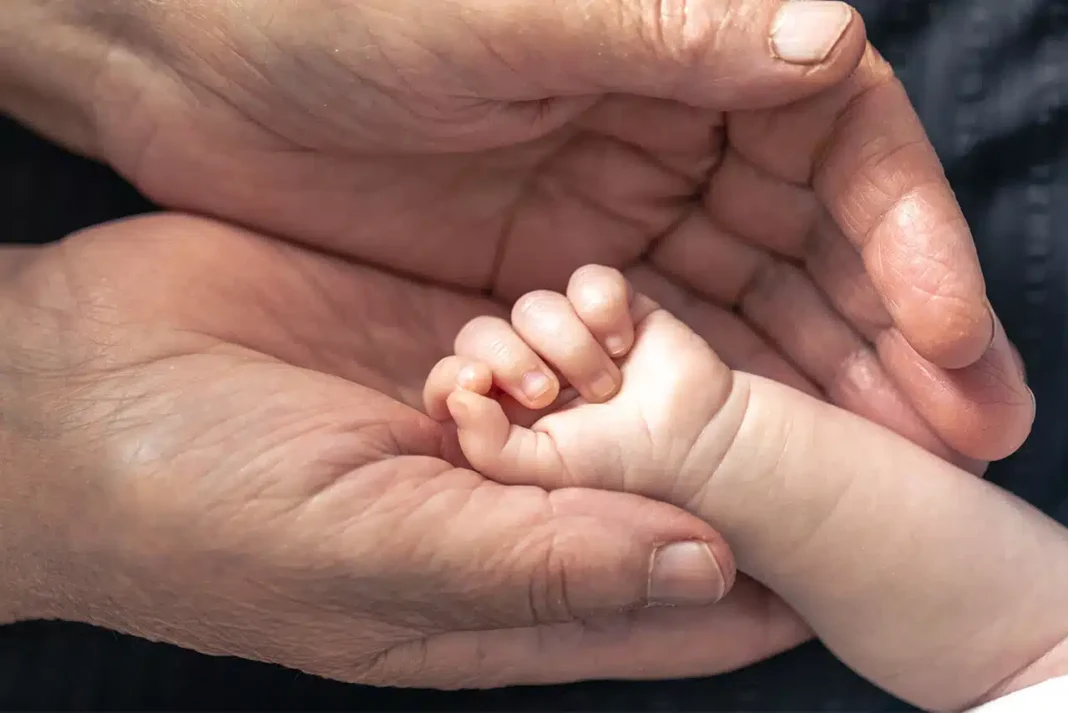We have all noticed how two siblings growing up in the same home can develop very different personalities and emotional responses. If you were raised with a sibling under the same roof, you probably remember that you never saw each other as copies. For example, while you might shed tears during an emotional movie scene, your sibling may respond with a mocking laugh or a smile. Or while a horror movie terrifies them, you might find it funny.
Beyond these subtle differences lie deeper questions: why do siblings who share the same genetic code and similar environments follow such different psychological paths?
At this point, developmental psychopathology becomes important. This approach views mental disorders within the framework of interacting biological, psychological, and social bonds throughout life — a biopsychosocial perspective.
The question “Are our behaviors shaped by genes or environment?” has been discussed for generations. Today, however, the focus has shifted from “Which is stronger?” to “How do these two form a whole together?” This article explores that complex process — from genetic code to social bonds — through a developmental lens.
The Susurrus of the Genetic Code
Human genetic heritage can be thought of as a force that subtly sculpts identity, yet in practice, it functions more like an intricate blueprint. Twin and family research repeatedly demonstrates that a sizable portion of illnesses has a hereditary component. Disorders such as schizophrenia and autism spectrum conditions are tied to specific genetic markers.
Still, calling those genes “destiny” would clash with what the scientific evidence shows. For example, someone might inherit a tilt toward depression, yet that latent risk stays dormant unless a particular set of environmental circumstances draws it out. Genes sketch a range of what could happen; the environment makes the call on which of those possibilities, if any, actually come to life.
In this discussion, epigenetics takes the stage. Though the underlying DNA letters stay fixed, the environments we navigate can toggle genes on and off. For instance, enduring stress during childhood can switch on genes, leaving durable imprints on the body’s stress-response pathways. This illustrates that genetics isn’t a sealed fate; the tapestry of life experiences continually rewrites gene expression (Meaney, 2010).
The Hidden, Yet Potent, Influence of Social Bonds
Genes on their own don’t convey a story; the environment carries equal weight. The conditions we live in and the social bonds we forge heavily sculpt our sense of self. In this context, attachment theory becomes indispensable.
John Bowlby’s attachment theory articulates how people begin weaving emotional bonds in infancy, giving rise to either trust or anxiety in later relationships (Bowlby, 1969). Children who enjoy a secure attachment tend to explore their surroundings with confidence, feeling safe as long as their caregiver remains close. As adults, these individuals usually display steadiness and find it easier to forge close connections. Naturally, the style of parenting plays a role in shaping this pattern.
On the other side, children who grow up in insecure or harsh settings often come to view the world as uncertain and threatening. Emotional neglect and poverty can leave lasting marks. Those hazards don’t affect every youngster in the same way. While some end up bearing scars, others display an astonishing capacity to rebound.
This is where genetics re-enters the conversation: the social milieu can remodel the brain’s biology, whereas an individual’s genetic code determines how strongly the environment leaves its imprint (Egeland, 2009).
The Interwoven Dance of Genes and Environment
How, then, do genes and environment work together? An important concept here is differential susceptibility. This model suggests that some people’s genetic code makes them especially sensitive to environmental influences. The same gene can act as a risk factor in negative contexts but as an advantage in supportive ones (Belsky & Pluess, 2009).
In 2002, Caspi and colleagues demonstrated this vividly. They found that individuals carrying a certain variant of the MAOA gene who were exposed to violence in childhood were more prone to aggressive behavior as adults. Yet those with the same genetic trait raised in nurturing environments showed no such risk. These findings prove that genetic inheritance can serve both as vulnerability and as opportunity, depending on context (Caspi et al., 2002).
In short, some individuals are biologically more sensitive to their surroundings — making them both more vulnerable and potentially more adaptive.
A Developmental Perspective
A developmental view of psychopathology allows for a more flexible understanding. A child’s attention deficit, for example, cannot be explained solely by biology; it also reflects environmental influences. Moreover, these processes evolve across the lifespan — because development itself is life.
Parent training, emotional awareness workshops, and social skills programs can positively shape how genetic code sensitivities are expressed. This perspective emphasizes not fixed outcomes but ongoing developmental processes. Early experiences, social bonds, and genetic heritage are all interlinked parts of one whole.
Not Destiny, but Process
Developmental psychopathology reminds us that human psychological processes are too complex to be explained from a single angle. The genetic code may set the first notes of life, but our social bonds, experiences, and relationships decide what melody emerges.
No single gene, trauma, or environment can tell the whole story. DNA may offer a beginning — but we must remember, the hands writing the story still belong to us.
References
Meaney, M. J. (2010). Epigenetics and the biological definition of gene × environment interactions. Child Development, 81(1), 41–79.
Bowlby, J. (1969). Attachment and loss: Volume 1. Attachment. Basic Books.
Egeland, B. (2009). Taking stock: Childhood emotional maltreatment and developmental psychopathology. Child Abuse & Neglect, 33(1), 22–26.
Belsky, J., & Pluess, M. (2009). Beyond diathesis stress: Differential susceptibility to environmental influences. Psychological Bulletin, 135(6), 885–908.
Caspi, A., McClay, J., Moffitt, T. E., Mill, J., Martin, J., Craig, I. W., … & Poulton, R. (2002). Role of genotype in the cycle of violence in maltreated children. Science, 297(5582), 851–854.


